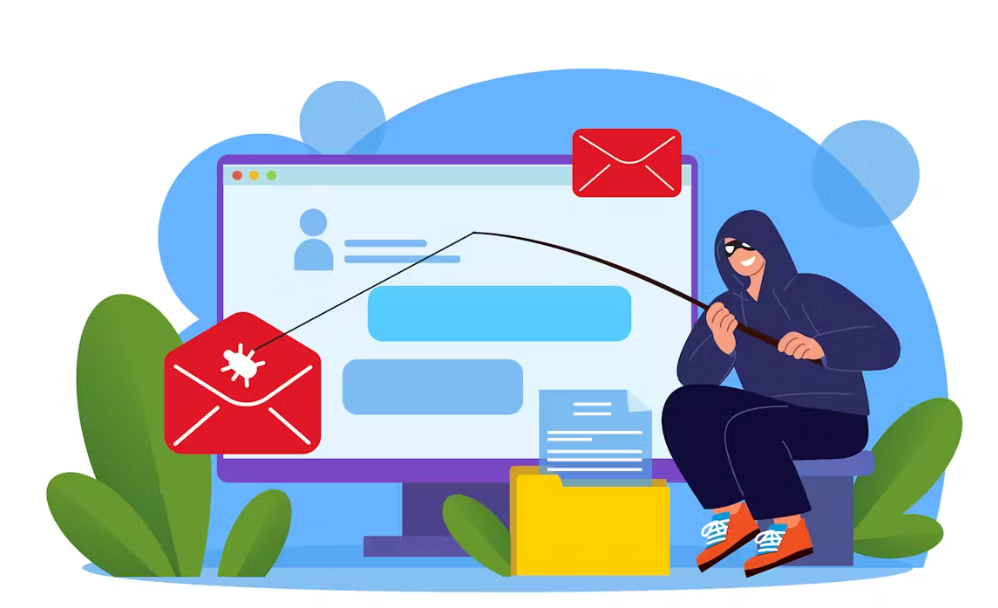Phishing is a type of cyber attack where attackers try to trick individuals into divulging sensitive information such as usernames, passwords, credit card numbers, or other personal data. This is typically done through fraudulent emails, messages, or websites that impersonate legitimate entities such as banks, social media platforms, or online services. Phishing attacks often use social engineering techniques to manipulate users into taking actions that benefit the attacker, such as clicking on malicious links, downloading malware-infected attachments, or providing personal information.
Common forms of phishing include:
- Email Phishing: Attackers send emails that appear to be from legitimate sources, such as banks or government agencies, requesting personal information or directing recipients to fake websites designed to steal their credentials.
- Spear Phishing: This is a targeted form of phishing where attackers tailor their messages to specific individuals or organizations, often using personal information obtained from social media or other sources to make the messages appear more convincing.
- Vishing: Short for “voice phishing,” vishing involves attackers using phone calls or voice messages to trick victims into revealing sensitive information or performing certain actions.
- Smishing: Similar to vishing, smishing (short for “SMS phishing”) involves sending text messages to trick recipients into divulging personal information or clicking on malicious links.
- Clone Phishing: Attackers create fake copies (or clones) of legitimate emails that appear to come from trusted sources, but contain malicious links or attachments.
- CEO Fraud/Business Email Compromise (BEC): In this type of phishing, attackers impersonate high-ranking executives or business partners to trick employees into transferring money or sensitive information.
To protect against phishing attacks, it’s important to be cautious when opening emails or messages from unknown senders, avoid clicking on suspicious links or downloading attachments from untrusted sources, and regularly update security software and passwords. Additionally, organizations can implement security measures such as email filtering, employee training, and multi-factor authentication to help prevent phishing attacks.


